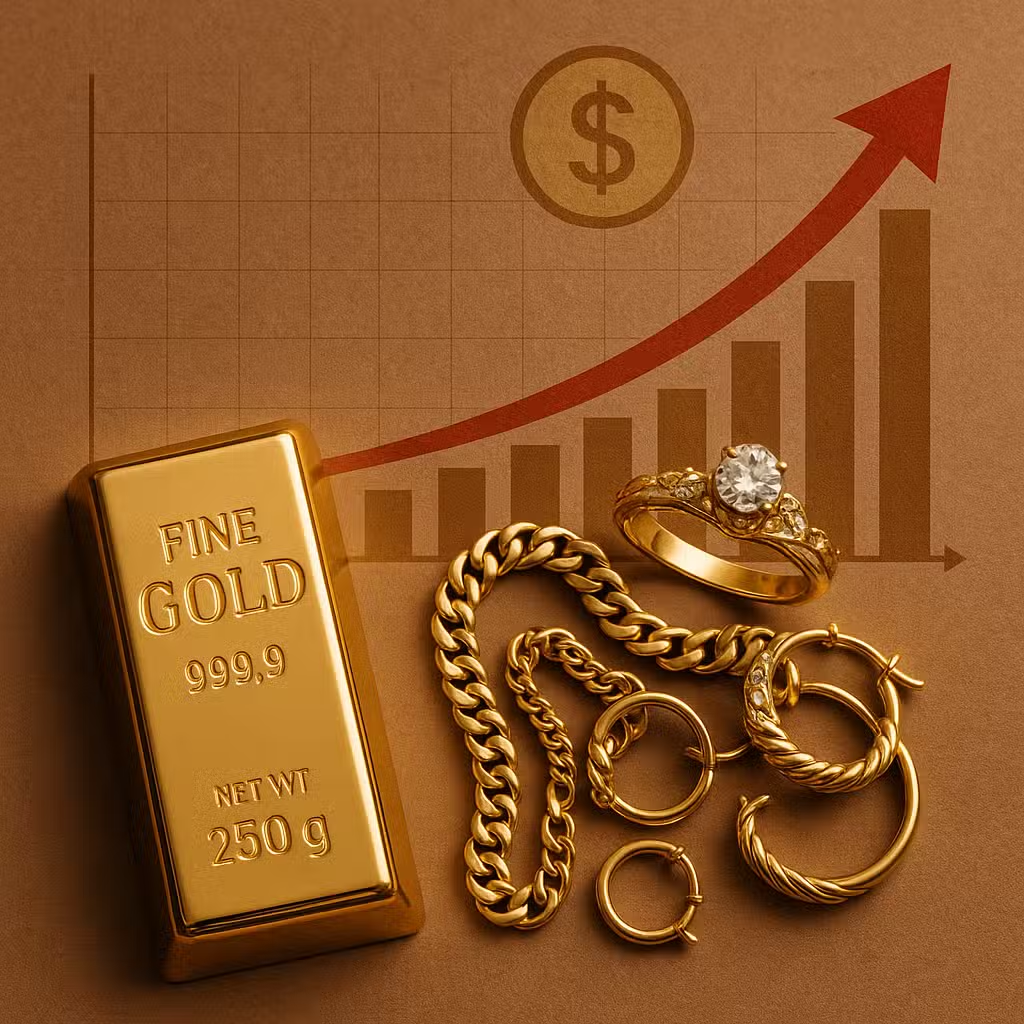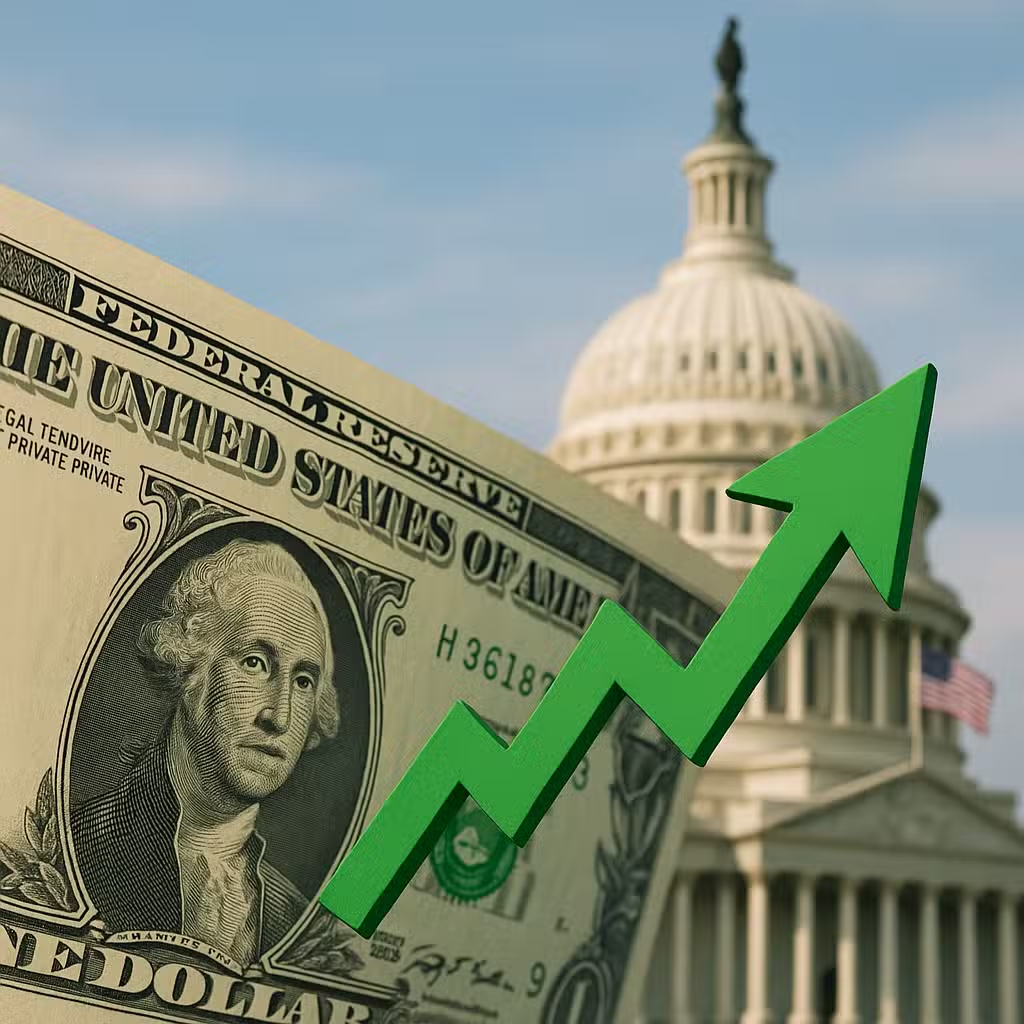Rising Gold Prices Pressure Jewelry Companies, Signaling Potential Cost Concerns for Investors
Imagine gold like a sturdy umbrella—people rush to grab one when a big storm is coming. Right now, lots of investors are grabbing gold because the world’s economy feels stormy and uncertain.
Why Gold Prices Matter for Investors
Gold prices are near record highs, recently hitting $4,000 an ounce. This is important because gold is often seen as a “safe haven” when people worry about things like inflation, recession, or political trouble. When gold gets expensive, it can change how people invest, how companies set prices, and even what kinds of jewelry you see in stores.
According to the World Gold Council, 95% of central banks expect to buy more gold this year. That’s a big deal for the market!
Why Gold Is Going Up
- Interest rates may fall: Lower rates make gold more attractive because it doesn’t pay interest.
- Weak U.S. dollar: When the dollar is weak, gold looks like a better bet.
- Political uncertainty: Elections, wars, and trade issues make people nervous, so they buy gold.
- Central banks are buying: Countries want more gold as part of their savings.
Goldman Sachs predicts gold could rise another 6% through mid-2026, staying strong for years to come.
Bullish Case: Why Some Think Gold Is a Good Bet
- Safe during trouble: Gold often goes up when stocks go down.
- Central banks are buying: This keeps demand high.
- Inflation hedge: Gold can help protect your money when prices rise everywhere else.
- Lasting value: Gold has been valuable for thousands of years.
History shows that during the 2008 financial crisis, gold prices jumped over 25% in a single year (Reuters).
Bearish Case: Why Some Worry About High Gold Prices
- Better U.S. growth: If the U.S. economy stays strong, people may sell gold for stocks.
- Rate hikes: If the Federal Reserve raises rates to fight inflation, gold may fall.
- Expensive for jewelry makers: Companies like Pandora and Mejuri are raising prices or using less gold, which could push shoppers away.
- Not always a perfect hedge: Sometimes gold doesn’t protect against losses as well as people hope.
For example, in the early 2010s, gold prices dropped 40% from their peak when the global economy improved.
How Sectors Are Affected
- Jewelry companies: They face higher costs and may switch to gold-plated or alternative metals, or raise prices.
- Retailers: Some shoppers may be priced out of buying solid gold items.
- Investors: Gold funds and mining stocks may rise, but could also fall quickly if the market shifts.
Some jewelry brands, like BaubleBar, are focusing on “demi-fine” pieces—gold-plated jewelry that looks fancy but costs less. Others, like Mejuri, are raising prices and looking for ways to keep products affordable.
Investor Takeaway
- Consider adding some gold or gold-related stocks to your portfolio as a hedge against uncertainty.
- Watch for signs of changing interest rates or economic strength—these could flip gold’s direction fast.
- If you invest in jewelry or retail stocks, check how they’re handling cost pressures from gold.
- Diversify: Don’t put all your eggs in one basket, even if gold looks shiny now.
- Stay alert to global news—central bank actions or political shocks can move gold prices overnight.
For the full original report, see CNBC







